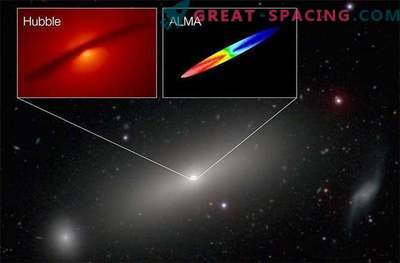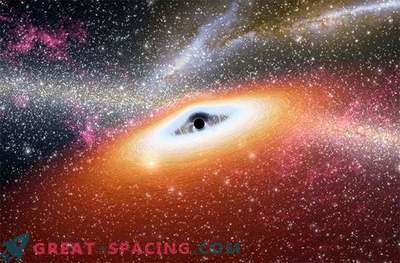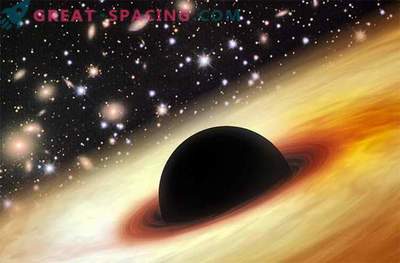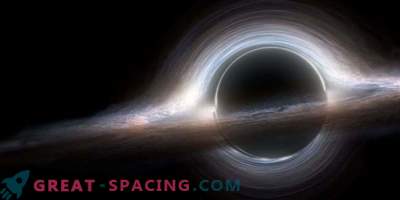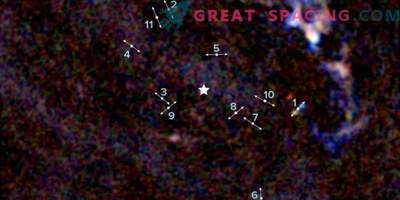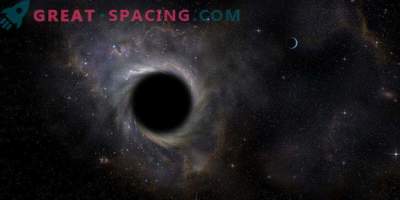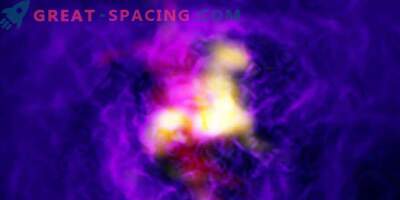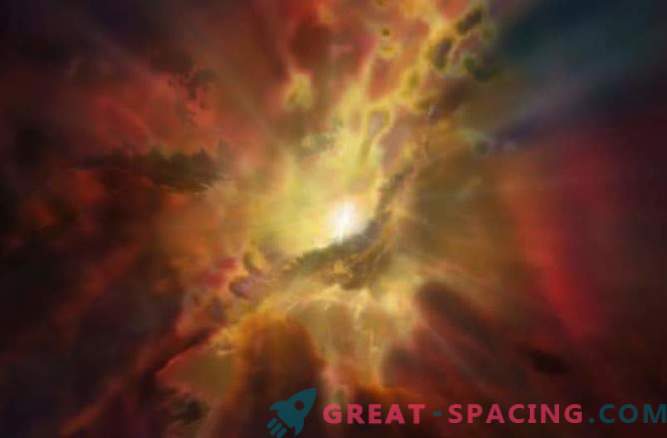
It has always been thought that supermassive black holes absorb hot gas slowly and steadily, but one black hole is going to “eat” lunch from cold gas.
Supermassive black holes are the most massive objects in the Universe, and they are known to be located in the nuclei of most galaxies. They may be massive millions or even billions of times of our Sun, but it’s not entirely clear how they turned out to be so huge.
But after astronomers observed using the Atakam Large Millimeter / Submillimeter Array (ALMA) behind the Abell 2597 galaxy, located one billion light-years away, they suddenly came to understand the “food” of one particular galaxy, wonderfully called Abell 2597 Brightest Cluster Galaxy.
A key advantage of ALMA is that it can detect outliers emanating from some of the coldest molecular clouds in the universe. These clouds are the key to the birth of stars and, in this case, perhaps the key component of the supermassive black hole diet. Watching this particular galaxy, ALMA discovered cold and dense molecular clouds that condense from a hot intergalactic gas in a cluster of galaxies. Then, like a rain storm, cold gas spills into a black hole. “This very, very hot gas quickly cools, condenses and precipitates in the same way that warm and humid air in Earth’s atmosphere gives rise to rain clouds and precipitation,” said astronomer Tramblé, from Yale University and lead author of the new document, which will published in the journal Nature on June 9th. "Despite the fact that before we had only theoretical predictions, this is one of the first such observations of the chaotic, cold rain that feeds a supermassive black hole. It is interesting to think that such cold rain can feed a black hole whose mass is 300 million times more than the sun. "
The Trumble team found three separate areas of the material, each one weighing about a million solar masses and tens of light-years in size. Currently, they are moving towards a black hole at a speed of about a million kilometers per hour. These individual clouds can only be detected when they pass in front of the stars in the galactic core, so ALMA was able to measure their mass and speed by studying the shadows on the clouds.
Subsequent observations of the Very Long Baseline Array showed that these clouds are very close to a black hole at a distance of only 300 light years. Although ALMA was able to detect only three such clouds, astronomers suspect that there may be thousands of them actually ready to be swallowed up by a black hole.
This kind of research is very important if we want to understand the environment surrounding a supermassive black hole. Scientists have long believed that superheated gas directly surrounding a supermassive black hole feeds it. But the snag was that black holes simply didn’t have enough time to become so massive. Perhaps these extreme cosmic hurricanes from cold gas provide a huge amount of material throughout the black hole life cycle.
